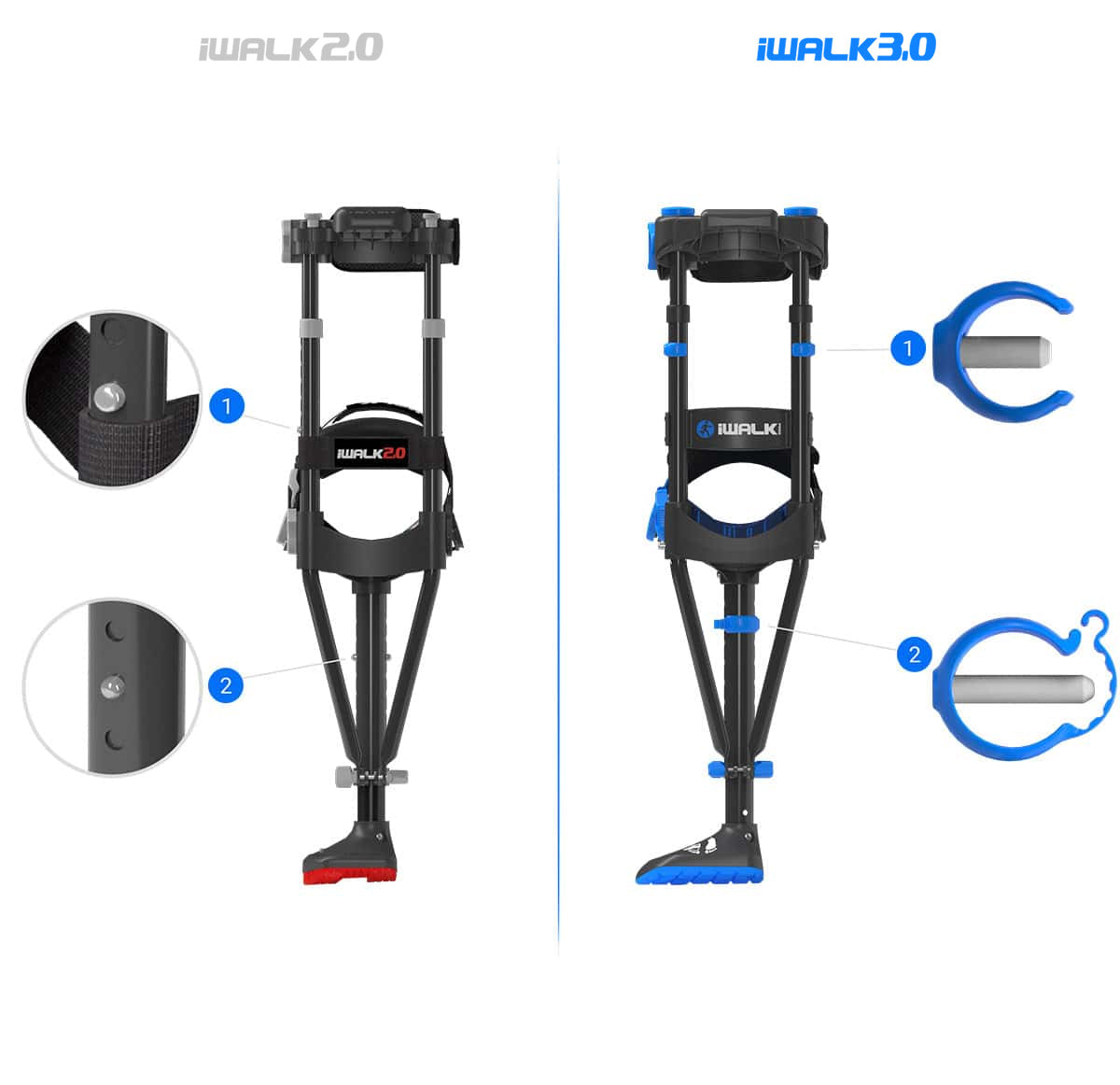

Being at a higher fitness level, I was able to safely use crutches as my primary device for six weeks. Most of our patients have pre-existing balance problems or weakness that limits safety. In my career as an inpatient rehab PT, I have had little success with crutches.

This is a basic device that is a standard we use in the rehab hospital for almost everyone.Īt my fitness level, I could have stuck with it, but once I felt steady, it was gone! Walkers are cheap and readily available at a thrift store for $7-10, $30-80 on Amazon new, or ridiculously priced but covered through insurance with a prescription. It limits the ability to carry items and is no good at all on steps. It is more stable for mild balance problems, but also very tiring and slow. I used the walker for the first few days after I got home until I felt less wobbly and was more used to the pain med effects. I was very surprised how unsteady I was right after my surgery while I was still in hospital. A loaner from a friend, church, or even VFW is still your best option. If you go through insurance, especially Medicare, be prepared to wait while the reams of bureaucratic paperwork are prepared and you will still pay more than Amazon. The best deal, by purchasing direct through Amazon, can be had for about $100 with elevating leg rests, a cushion, and “lightweight” which is still close to 40 pounds. They are very difficult to lift into/out of vehicles.
#Handsfree crutch free
Wheelchairs are helpful for distance, if you have balance or endurance deficits, or if you need free hands to carry items (if someone else is pushing you). I borrowed a wheelchair from a friend and it served me well outside for playing with the kids as it allowed me to manage fatigue and have free hands to play ball and work in the garage. Steps to enter, limited space, and all the baby equipment did not work. Initially a wheelchair within my home was not possible. I received no compensation for this review and I hope that it will be a help to others who have to endure a period of non-weight bearing. I used several different tools at different times of my recovery.Ī baby in the home, a 1,600 square-foot multistory home, winter weather with snow, and being able to drive or not are all factors that influenced my decision. Also, there is no one perfect device for all situations. There can be no reasonable discussion of assistive devices without recognizing that physical ability, living arrangements, and functional requirements drive choice. The purpose of this article is to provide my experience with the iWALK2.0, why I chose it as my primary device, and a basic review of the other options of assistive devices. Thankfully the BJJ had really improved my fitness level and I suffer from no significant balance deficits. I live in a home that is a split-level rental and has 14 steps. I have a beautiful wife and four children, one of whom was seven months old at the time. After a three-hour surgery, I knew I was going to have a rough recovery as I would be non-weight bearing for three months.

#Handsfree crutch crack
There was a tremendous crack and I sustained a comminuted spiral fracture of my tibia and fibula. While practicing take downs, my foot was planted on the floor while my partner rotated with his body weight on mine. It was extremely fun, challenging, and at times frustrating. In October 2019, my daughter and I had been attending Brazilian jiu jitsu (BJJ) classes for about seven months. Physical Therapist Eric J Nelson reviews the mobility options available to patients with lower leg injuries, including crutches, knee scooters, and the iWALK2.0 hands-free crutch… Find a Dealer/Distributor (USA & Canada).


 0 kommentar(er)
0 kommentar(er)
